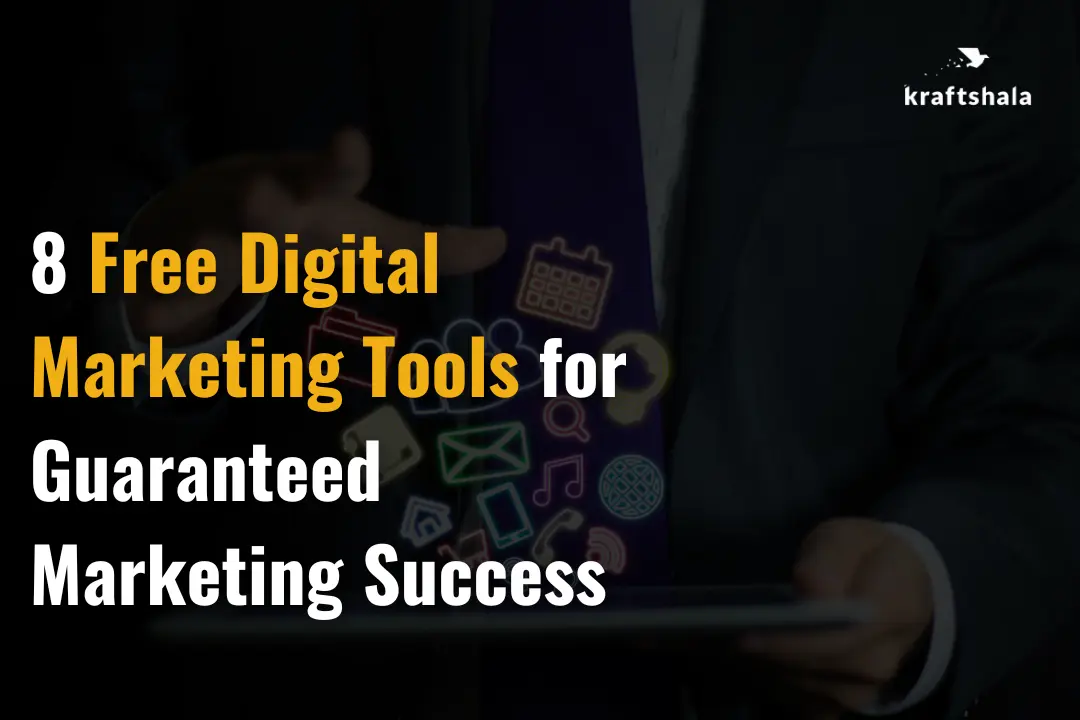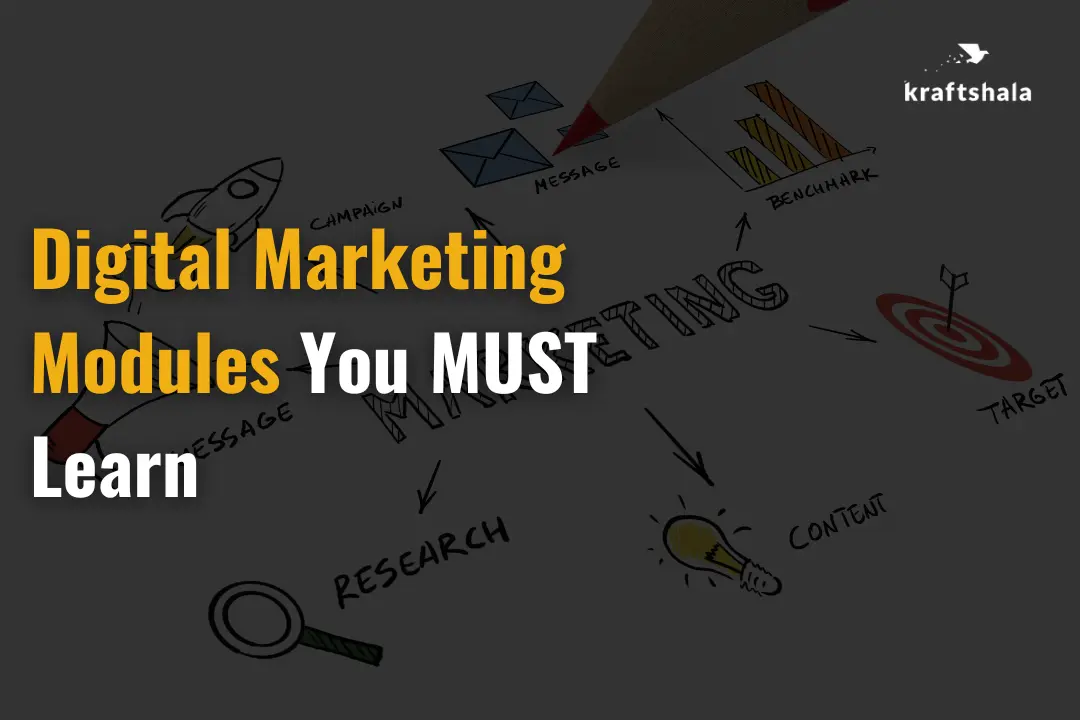How to Win Case Study Competitions While Having Fun?

It is that time of the year when B-schools are buzzing with a lot of activities and the brightest minds of the country are pulling sleepless all-nighters to think of the next big ideas to solve business Case Studies. Many enthusiastic students have reached out to me to share some learnings of case studies from my experience as a participant, so here is an attempt to put together all the things that seem to have worked for my team and me 🙂
It pays off to be structured and detailed right from the start and to illustrate this point, here is a step-by-step guide to solving the seemingly tough but absolutely rewarding case study challenges.
How to Win Case Study Competitions?
Step 1- Team formation for future transformation.
This is a very critical determinant of the outcome of all your future efforts. A good team is well begun and effectively quarter done. When I say good team, it essentially means a group of individuals who are equally passionate and driven to work, have complimentary skillsets, and most importantly they must agree to disagree on various work related aspects without adversely affecting their personal equation.
For instance, our team comprised of a meticulous in-house Consultant who kept us on track, the Finance whizkid on campus to keep us & our budgets under check and I, the self-proclaimed Marketeer to whip out creative solutions. Diversity helped us in more ways than one and I would strongly recommend to avoid the trap of having people from just Marketing or just Consulting background because it is a “Business Case Competition” and a winning organisation always has people from all spaces.
Step 2- Ask yourself What (?) is the problem that the case is talking about before jumping to How (?) can we best solve this problem.
Start with identifying what is the real objective behind the case study. Is it increasing customer engagement? Is it increasing sales of a recently launched product which was met with a lukewarm response? Once you get the hang of it, try to drill down to the root of the problem without getting perturbed by the symptoms which are merely the side effects.
Step 3- Explore your category.
Start by exploring the market- the sales volumes, the demand potential, the market players, the innovative practices being adopted, etc.
Primary research done by means of industry reports, white papers, news articles should just be the starting point of your exploration. Go deep or go home! If it is a case on Automobiles, go visit your nearby dealer showrooms; if it is a case on QSRs then visit similar outlets or mine insights from reviews on Zomato. Basically, find ways to make the most of the resources available.
Step 4- Know your TG (Target Group) at the back of your hand.
Your TG is the heart and soul of all your marketing efforts and everything that is to be done has to be done keeping them in mind. Who is your TG? Where do they shop? How much do they earn? What makes them buy products in this category? What are their media consumption habits? Basically find out who they are and what do they need and then give it to them in such a way that there is a new value for them.
To reach your TG, fall back on your network– if TG is Working Mothers then try reaching out to the ones in your family; if the TG is Car Owners of a particular brand then connect with your friends’ parents who drive them.
Step 5- Identify the pain points.
Once you have reached your TG, talk to them to mine insights. These precious insights will lead you to their pain points that need to be worked upon to make your TG receptive to any novelty. Therefore, genesis of any idea should begin with the key insights and they should be imbibed in subsequent recommendations to make an idea worthwhile.
Step 6- Put your thinking caps on for a comprehensive solution.
The words comprehensive solution mean that all your suggestions should come together seamlessly as a single unified idea which is feasible for the organisation to implement in the first place. Take all your ideas and weave them together in a continuous fashion to make a natural progression from one part to another.
It is often tempting to give a lot of suggestions to show your creative acumen but please understand that it is not practically feasible to implement multiple ideas as there are execution and budget constraints. All you need is one winning idea so always strive for quality over quantity. The bottom line is Keep it simple, silly!
Step 7- Make the numbers talk.
So you have conceived a gem of an idea for brand activation which you “feel” will work wonders for the brand and make you win the case challenge. However, as clichéd as it may sound Marketing is both an art and science. Giving a creative solution will only help you get the judges interested in your idea. For them to take it seriously, there must be supporting evidence which will increase their confidence in your recommendations.
What will be the Cost incurred? Is there some Revenue potential of your idea? Is your ROI worth all the effort? To put things in perspective, ask yourself this single most important question- Will my business proposal pass through the scrutiny of the Finance Department? If the answer is No then maybe you need to go back to the drawing board.
Step 8- Keep it real, keep a check.
We all learn early on in our B-school classes to have S.M.A.R.T. goals, the critical point which I would like to emphasise upon is to keep the goals time bound. All your recommendations must be well planned against a calendar to keep things under check when it comes to the execution part of your solution. A simple, feasible solution is so much better than a brilliant, non-implementable one.
Step 9- Make a power packed Power Point.
This step is all about putting your solution on a platter so that it is palatable to the recipients. Don’t fuss excessively over beautification of your Power Point presentation. Instead, focus on making your slides crisp and clutter free so that judges have to put in minimal efforts to comprehend your ideas. Visually appealing templates are easily available online, so focus your energies on Brevity over Beauty.
Step 10- Congratulations for making it so far
(I was talking more about reaching the presentation round than reaching the end of this article), now all you need is to leverage your soft skills to get your idea the acceptance it deserves and get yourself that trophy!
The best practice we followed before all our presentation rounds was to have a mock presentation with our friends on the judging panel. We used to request our friends from different domains to sit through our pitch and shoot as hard questions as they could possibly come up with. Their diverse inclinations gave us a wide-ranging outsider perspective and helped us be better prepared to defend our ideas. By the time we were actually presenting to esteemed judges from diverse backgrounds, most of the questions were already expected by us which helped us answer calmly with confidence.
On a philosophical note, don’t focus too much on the outcome instead get your processes in place and then work like it is a real challenge and you are in-charge of getting things in order. Find out what works for you; try, fail but try again because when you finally get it right, the sense of accomplishment and the exposure gained matter much more than any other reward 🙂 Wish you a fun-filled learning journey ahead!
This guest post has been authored by Aishwarya Saraswat and was originally published on LinkedIn.



